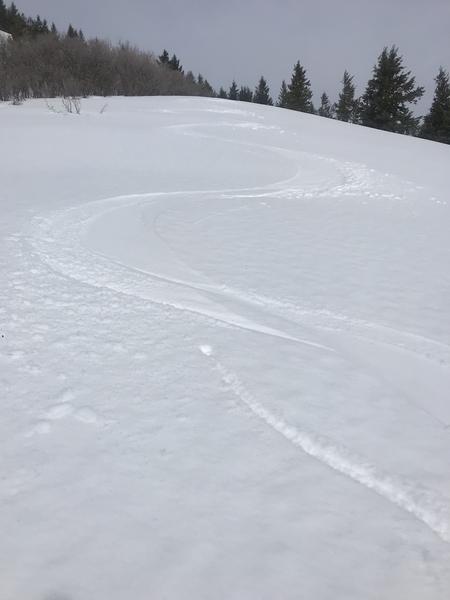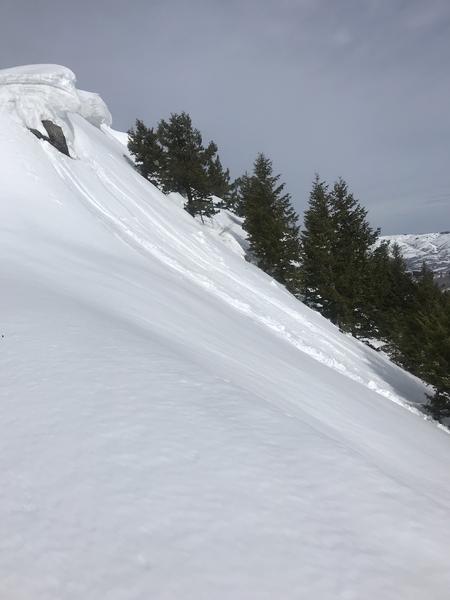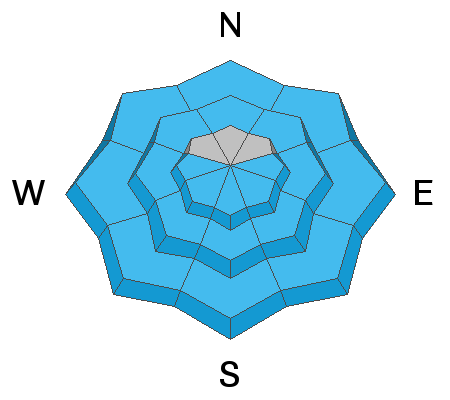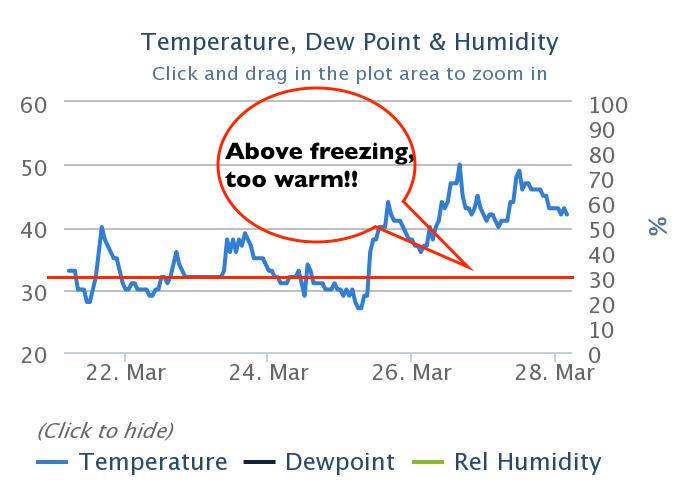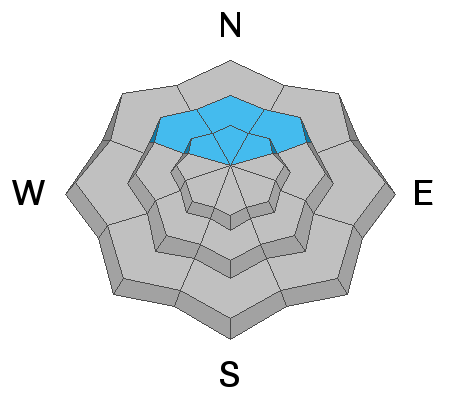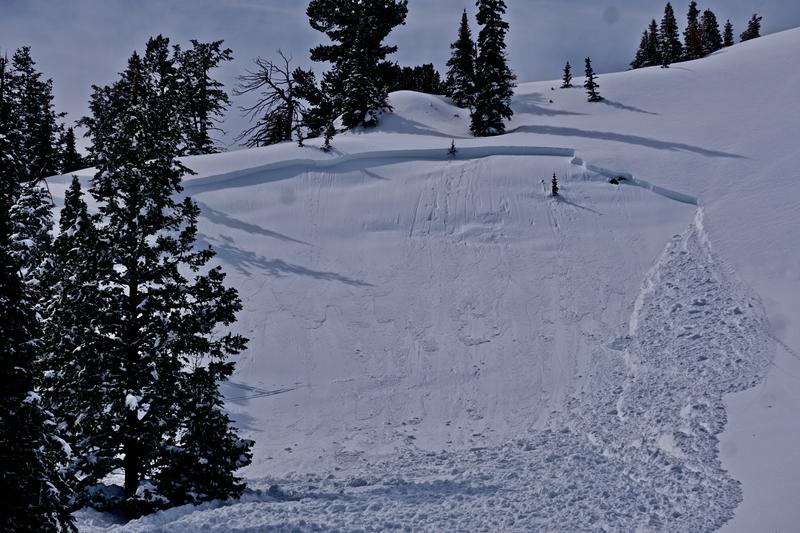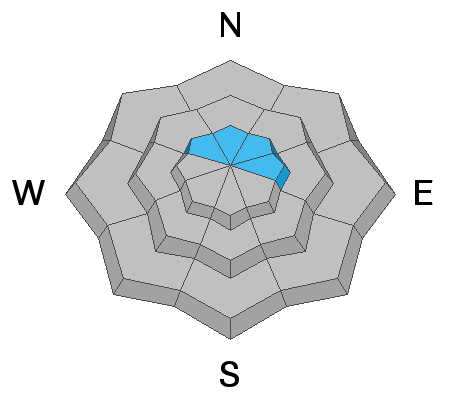Forecast for the Ogden Area Mountains

Issued by Evelyn Lees on
Thursday morning, March 28, 2019
Thursday morning, March 28, 2019
The avalanche danger is MODERATE for wet snow avalanches - both loose sluffs and wet slabs - on all but the upper elevation, northerly facing slopes. Temperatures will remain above freezing at most elevations until tonight.
The avalanche danger is also MODERATE on steep mid and upper elevation slopes for triggering a slab of wind drifted snow or storm snow, possibly breaking on surface hoar or facets. These may be triggered at a distance.

Low
Moderate
Considerable
High
Extreme
Learn how to read the forecast here


